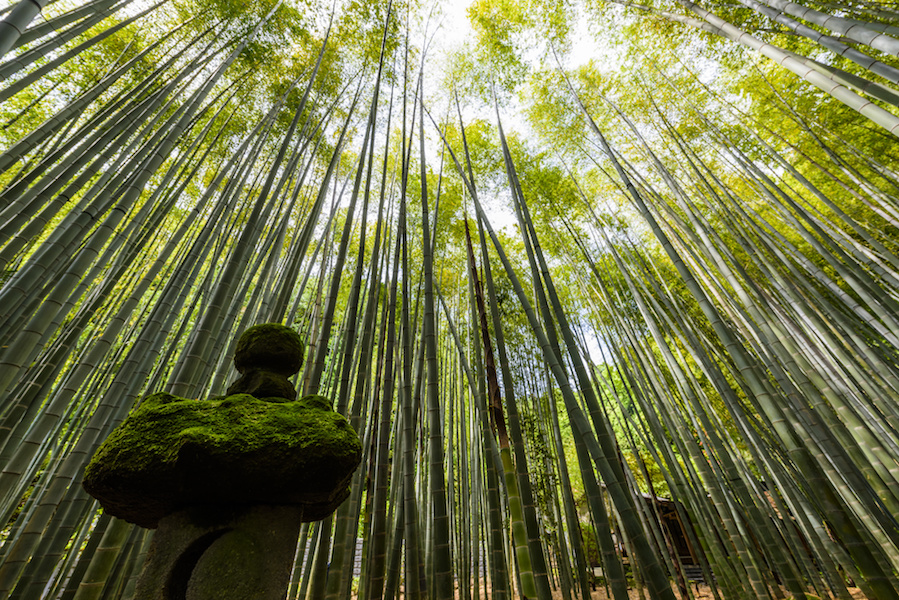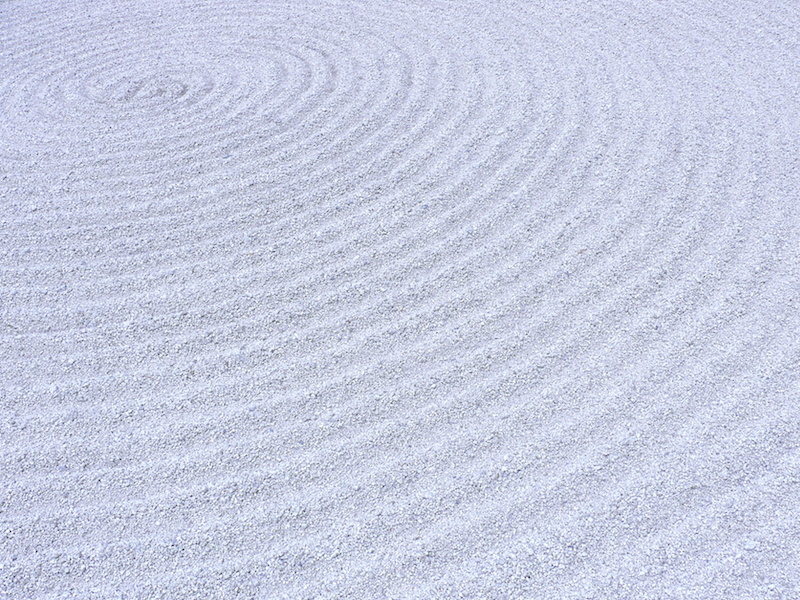「わび」と「さび」は、しばしば一緒に用いられる言葉であり、どちらも「おちぶれる」という意味が共通しています。しかし金属が「さびる」ように、「さび」には古くなったものを愛好する、骨董愛好の一面があります。一方で「わび」は、粗末なものを意味するため、新品でも安価なものであればその美意識にかないます。千利休が使った特徴的な茶道具である竹花入や樂茶碗は、その当時は出来立ての新品だったのです。
Both wabi and sabi are famous Japanese aesthetic terms, and are often used together. Both terms share the meaning of “fading and withering away”. However sabi also has a literal meaning of “rust” or “tarnish” on a metal. Therefore sabi has a sense of the antiquarian affection for old things.
On the other hand Japanese people find the aesthetics of wabi even in new materials and inexpensive products, because wabi sometimes means simplicity. The famous tea master Sen no Rikyu pursued the aesthetics of wabi, and he created a style of bamboo vase and of simple hand-made pottery known as raku tea bowls.


